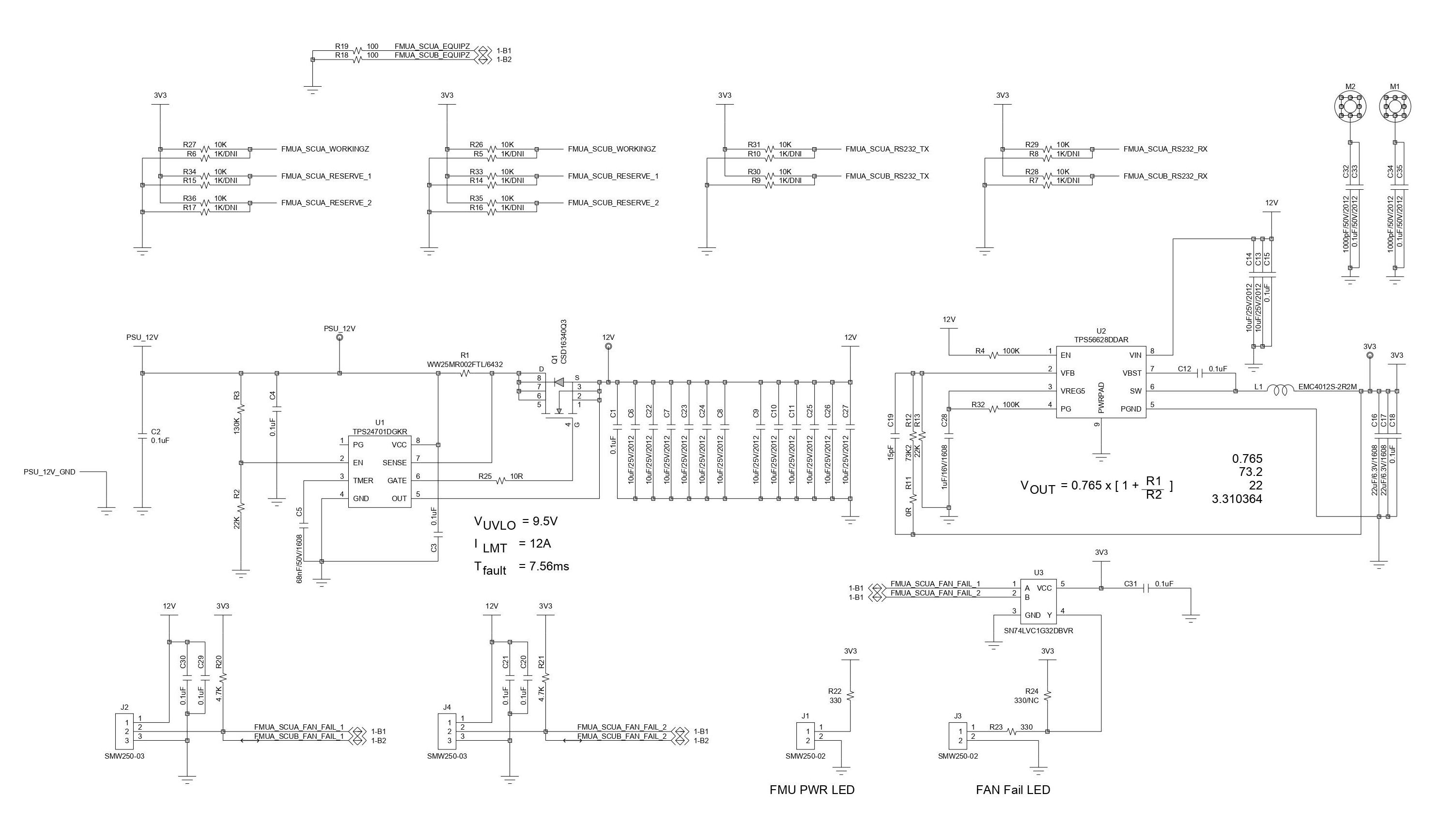Other Parts Discussed in Thread: CSD16340Q3, TPS56628
Hello TI experts,
My customer produces the own product since last year, recently they had a problem in the field.
actually we did not check the schematic in development stage.
the failure is the dead of Q1 FET, during device running. please check the schematic first.

compare to EVM, i found something differences.
- FET in EVM is CSD16401Q5A, customer's schematic is CSD15340Q3. they have difference in Drain-to-Source On-Resistance. i heard that it causes the heat problem. please confirm that it would be a reason of this failure.
(also they have difference in maximum SOA.)
- customer do not insert the diodes on input, output and FET_G-S. especially several E2E threads highly recommend to insert zener diode on FET_G-S. please confirm this too, and other diodes if possible.
- and please let me know if you find any possibilities of this failure.
Best regards,
Chase



